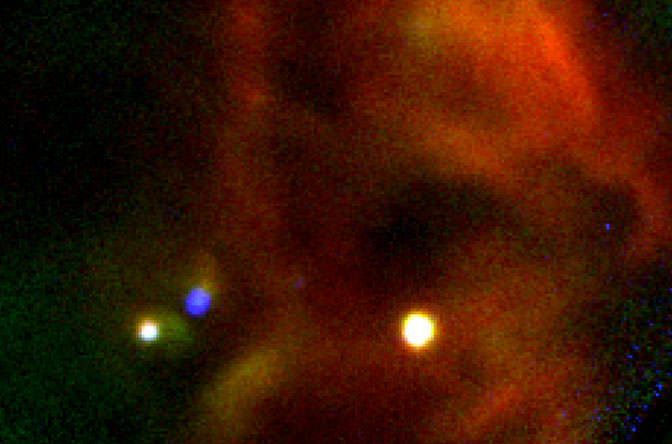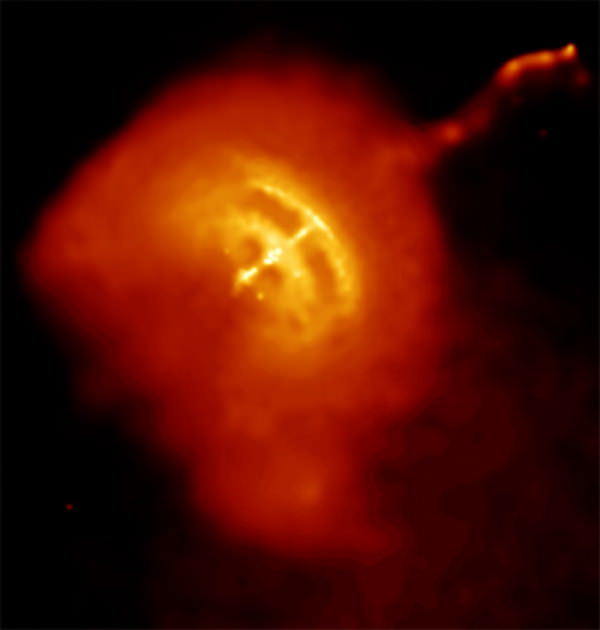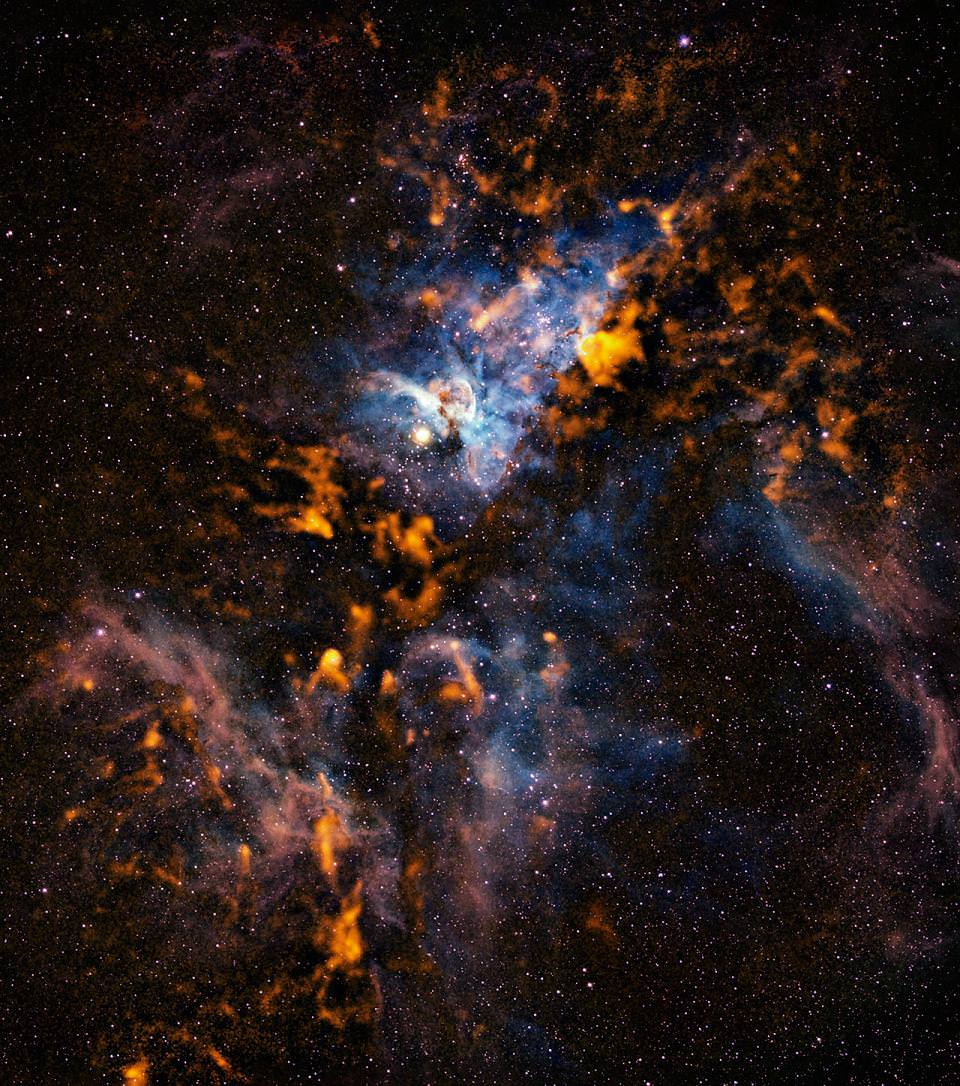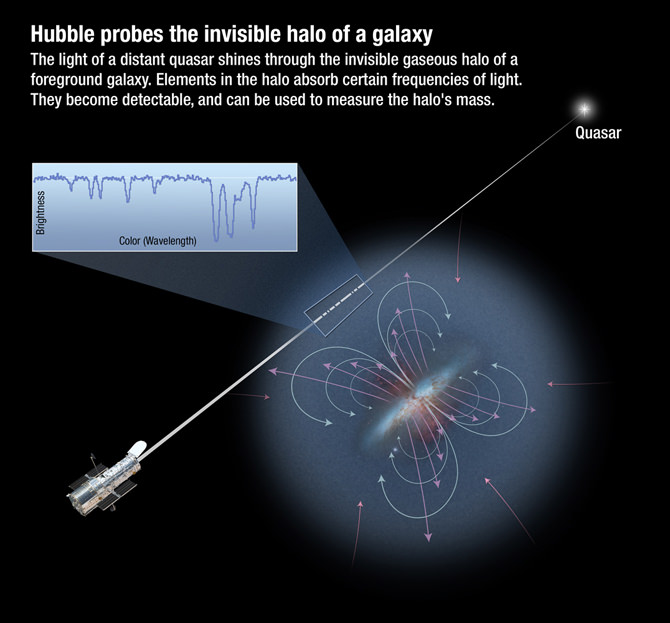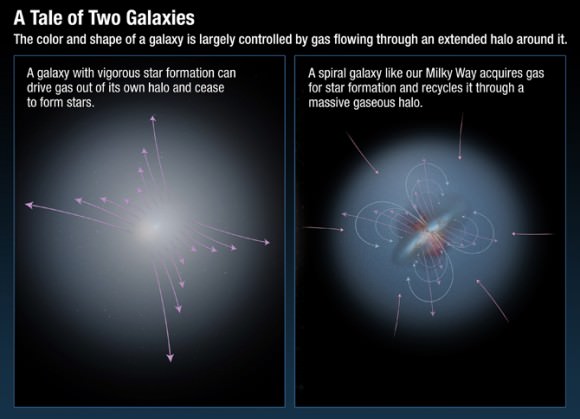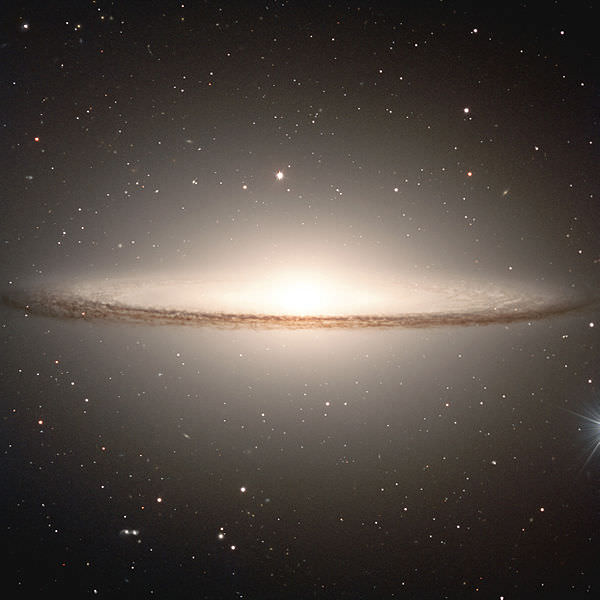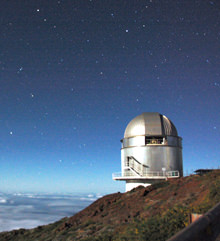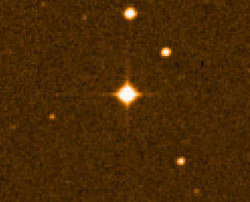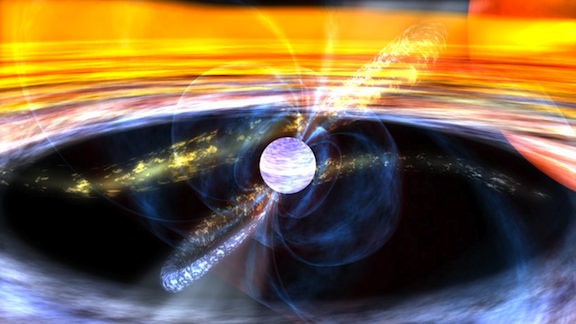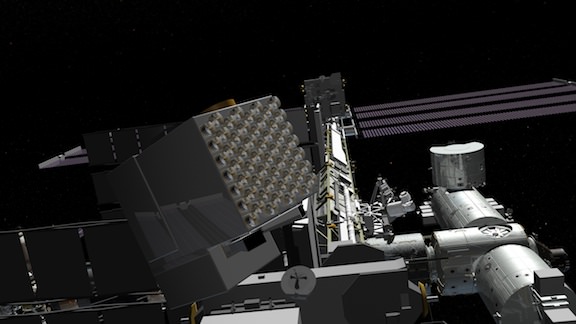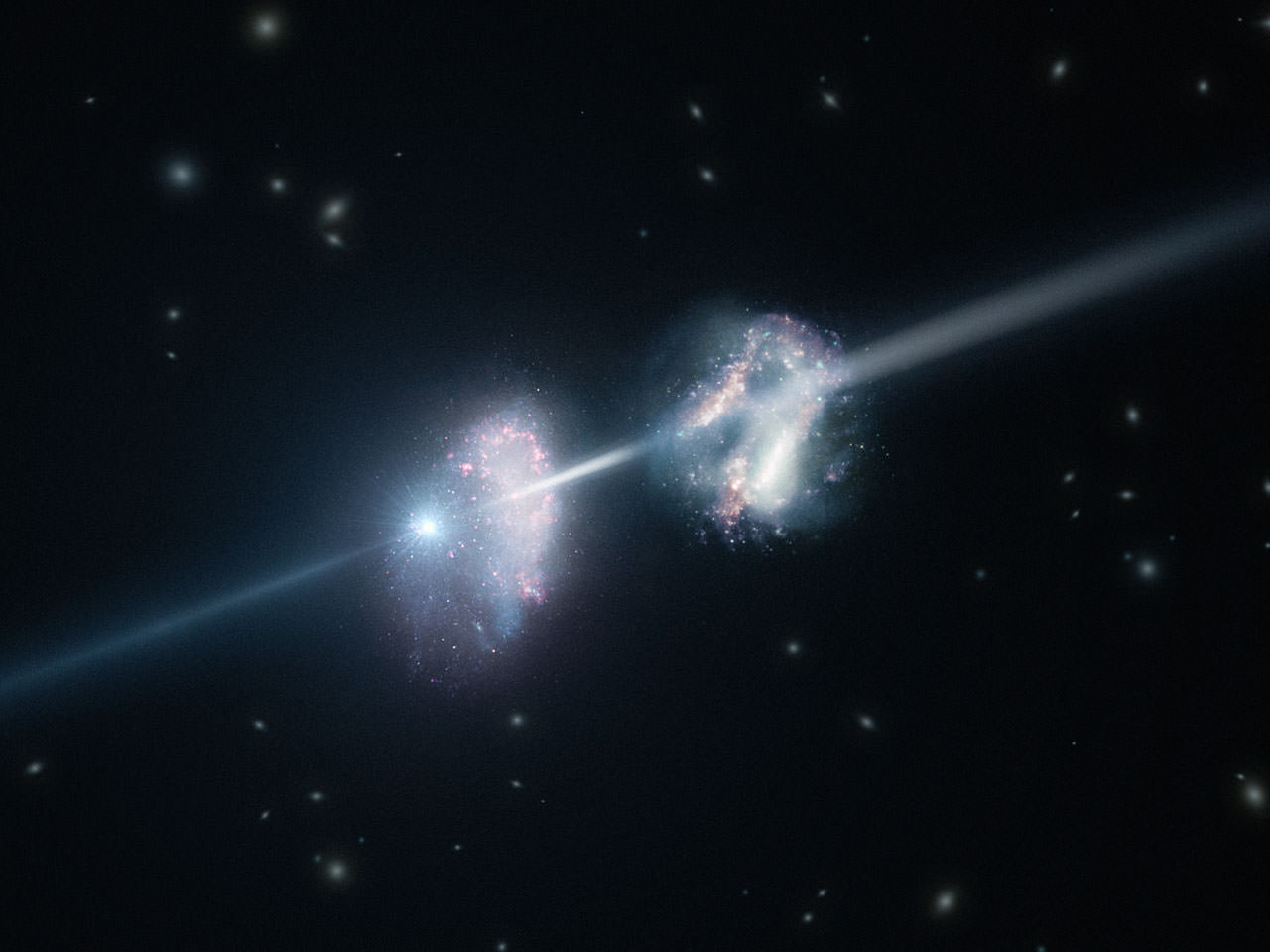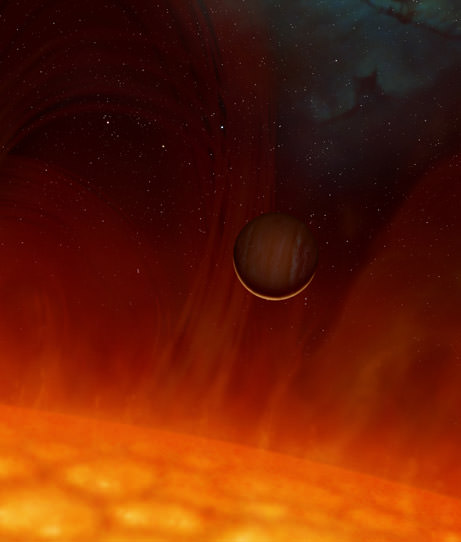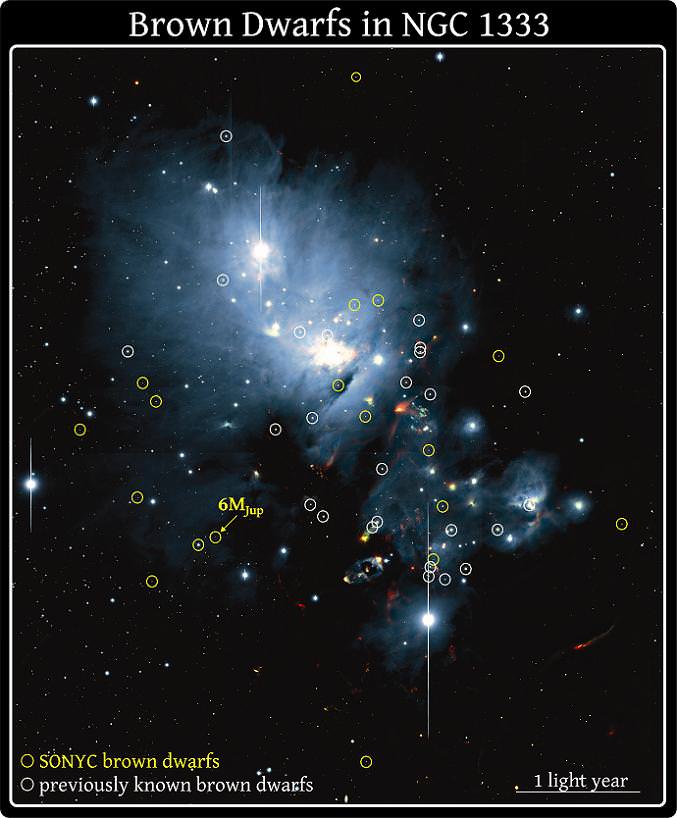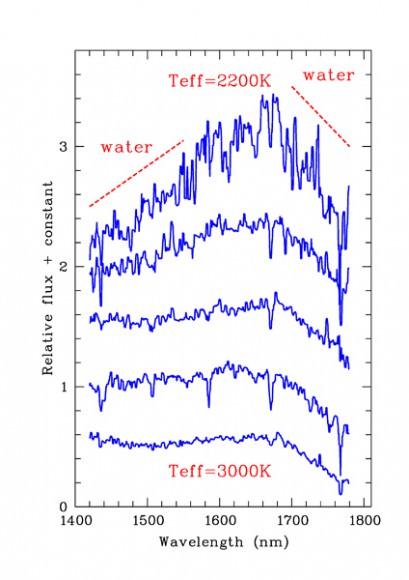[/caption]
Editor’s note: Peter Shaver is the author of the new book “Cosmic Heritage – Evolution from the Big Bang to Conscious Life.” Find out here how you can win a copy!
The universe has gone through a number of distinct phases. The first part of the first second is speculative, but the physics of the latter part is well know to us. In the first several minutes the lightest elements (hydrogen and helium) were formed.
Over the next 380,000 years the universe was a hot (but always cooling) plasma of electrons, nuclei and photons. At 380,000 years it was cool enough for electrons and nuclei to combine into atoms, in a process called recombination. The photons were freed from the plasma, and the universe became transparent for the first time. As the universe was opaque before recombination and transparent after, we see this epoch as a ‘wall’, and it is known as the cosmic microwave background.
What followed was a period known as the ‘cosmic dark ages’. The only light was that of the fading afterglow of the Big Bang, and the matter was comprised of the primordial elements and the exotic ‘dark matter’. During this time gravitational accretion slowly but surely produced larger and larger concentrations of matter, and when these became sufficiently dense, nuclear reactions could form and the first stars and galaxies were born. These lit up and ionized the universe again, some 400-500 million years after the Big Bang, in what is known as the ‘reionization epoch’.
The activity increased exponentially, culminating in the ‘quasar epoch’ 2-4 billion years after the Big Bang, a frenetic period of chaotic star and galaxy formation, galaxy interactions, monster quasars and radio galaxies. This activity eventually began to drop off, although it still continues today; the incidence of quasars today is a thousand times less than it was at the peak of the quasar epoch. At 13.7 billion years, the universe has now reached a ‘dignified middle age’.
The ‘heavy elements’ such as carbon and oxygen, essential for life as we know it, are all produced in stars, and this process has been going on ever since the first stars formed. Each generation of stars ejects more heavy elements into the intergalactic medium, so the abundances of the heavy elements have been built up over time.
By the time the Sun and Earth were formed 4.6 billion years ago, over 8.4 billion years of star and planet formation had already taken place in the universe. Star formation still takes place today, so in total there have been over 13 billion years of star and planet formation.
Zooming in now to our planet, life started not long after the Earth itself formed, sometime between 3.8 and 3.5 billion years ago (bya). But for almost half the age of the Earth, the only forms of life were microorganisms such as bacteria. More complex life forms started to appear about 1-2 bya. Invertebrates, which appeared some 600 million years ago (mya), were the earliest multicellular life forms, and vertebrates appeared about 500 mya. Life invaded the land about 400 mya. The dinosaurs dominated from 240 mya until their extinction 66 mya, and then mammals gradually took over. Many species came and went. Our closest living relatives are the chimpanzees, which split off from our ancestral line 5-6 mya; our more recent relatives have all become extinct.
It is amazing to think how recently humans appeared on the cosmic scene. Our species only appeared about 200,000 years ago, our ancestors emerged out of Africa just 50,000 years ago, agriculture started 10,000 years ago, and we have had modern technology for only the last 100 years or so! We are newcomers to the universe.
We now know that there are planets orbiting other stars like our Sun, probably billions of them in our galaxy alone, and billions more in the billions of other galaxies. Given the huge timescale of the universe, any life on those planets is bound to be millions or billions of years more or less advanced than life on Earth. If it is less advanced, it would certainly not be able to communicate with us. If it is more advanced, its technology would probably be totally unrecognisable to us. Nevertheless, we are probably not alone in the universe.
Of course the timescales discussed above only cover the ‘conventional’ universe from the Big Bang to now. If there was a ‘preexisting’ multiverse, we have no idea how far back any ‘before’ may extend. And as the expansion of the universe is accelerating, the future of the universe may be very long indeed: trillions upon trillions of years.
Peter Shaver obtained a PhD in astrophysics at the University of Sydney in Australia, and spent most of his career as a senior scientist at the European Southern Observatory (ESO), based in Munich. He has authored or co-authored over 250 scientific papers, and edited six books on astronomy and astrophysics.

